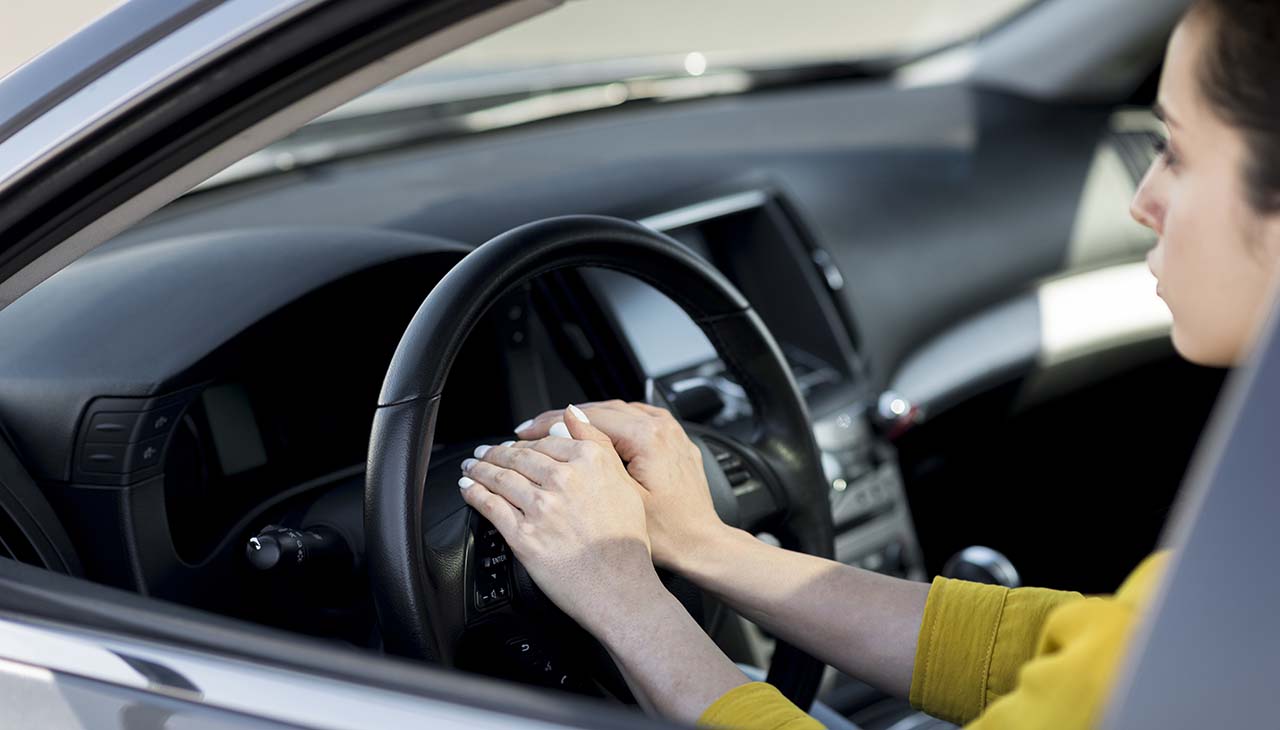As the digital and automotive worlds become increasingly intertwined, the concept of connectivity within cars evolves far beyond basic hands-free calling and satellite navigation. Today’s and tomorrow’s vehicles are transforming into mobile connectivity hubs, offering services and features that promise not only enhanced convenience and safety but also a complete overhaul of the driving experience. This connectivity revolution is driven by advancements in technology such as 5G networks, Internet of Things (IoT) devices, and cloud computing, laying the groundwork for innovations like autonomous driving, real-time traffic and weather updates, remote vehicle management, and much more. As we stand on the brink of this automotive renaissance, it’s clear that the future of car connectivity holds possibilities limited only by the imagination.
Technological Advancements
5G Integration in Vehicles
The integration of 5G technology in vehicles is set to revolutionize automotive connectivity by providing faster, more reliable connections that enhance the overall driving experience. This leap in connectivity speed enables near real-time communication between vehicles and infrastructure, paving the way for advanced features such as improved navigation systems, seamless media streaming, and more efficient traffic management. The high bandwidth and low latency of 5G networks are also crucial for the deployment of autonomous vehicles, as they require quick and reliable transmission of vast amounts of data to safely navigate roads without human intervention.
Internet of Things (IoT) Applications
IoT applications in automotive technology foster a new level of interconnectivity between vehicles, infrastructure, and personal devices. This network of connected devices allows cars to “communicate” with each other and with road infrastructure, improving traffic flow and reducing collision risks. For example, cars could automatically adjust their speed based on real-time traffic conditions or warnings from other vehicles about potential hazards. IoT also enables remote monitoring and diagnostics of vehicles, allowing for predictive maintenance and timely interventions, which enhance vehicle longevity and reliability.
Artificial Intelligence (AI) Integration
Artificial Intelligence (AI) plays a pivotal role in enhancing both the user experience and the safety features of connected cars. AI algorithms can analyze the behavior of the driver and adapt the vehicle’s systems for a more personalized driving experience, such as adjusting the climate control, seating, and media settings automatically. On the safety front, AI enhances features like autonomous emergency braking, pedestrian detection, and lane-keeping assistance, making driving safer. Furthermore, AI can process data from various sources in real-time, enabling dynamic route optimization to avoid traffic jams and predict maintenance needs before they become serious issues.
Entertainment and Infotainment
Streaming Services Integration for Passengers
The integration of streaming services into vehicle infotainment systems marks a significant leap forward in passenger entertainment. Through partnerships with major streaming platforms, vehicles now offer passengers access to a vast library of music, podcasts, movies, and TV shows, transforming travel time into an enjoyable entertainment session. This feature caters not just to long journeys but also to the daily commute, allowing passengers to unwind or stay informed while on the move. Advanced vehicle connectivity also ensures that streaming is smooth and uninterrupted, even in areas with traditionally weak signal reception.
Virtual Reality (VR) and Augmented Reality (AR) Experiences
The advent of VR and AR technologies in cars opens up new avenues for immersive entertainment and informative experiences. VR could be used to provide virtual tours of landscapes or historical sights while on the road, allowing passengers to explore distant places without leaving the car. AR, on the other hand, adds a layer of interactive information to the real world, such as highlighting points of interest along the route or displaying navigation aids over the windshield, thus enriching the travel experience. These technologies not only redefine in-car entertainment but also have potential applications in driver education and training, offering simulated experiences that prepare drivers for real-world situations.
Safety and Security Features
Advanced Driver-Assistance Systems (ADAS)
Advanced driver-assistance systems (ADAS), powered by enhanced connectivity and real-time data processing capabilities, significantly increase vehicle safety and driving comfort. These systems utilize a combination of sensors, cameras, and radar technology, integrated with connectivity features, to provide comprehensive support to drivers. Features such as adaptive cruise control, collision avoidance systems, and blind-spot detection rely on the seamless exchange of data between the vehicle and external sources, including other vehicles and infrastructure, to make informed decisions and take corrective actions when necessary. The connectivity also allows for continuous system updates and improvements, ensuring that vehicles remain equipped with the latest safety technologies.
Cybersecurity Measures
In an era where cars are becoming more connected, cybersecurity emerges as a critical concern. To protect vehicles from hacking and unauthorized access, manufacturers are implementing robust cybersecurity measures. These include the use of advanced encryption methods, secure cloud storage for data, and intrusion detection systems designed to identify and mitigate threats in real-time. Regular software updates are deployed to address new vulnerabilities and ensure the vehicle’s defenses remain strong against evolving cyber threats. Additionally, manufacturers are fostering collaborations with technology firms and cybersecurity experts to develop standards and best practices for automotive cybersecurity, ensuring that the privacy and safety of drivers and passengers are safeguarded.


